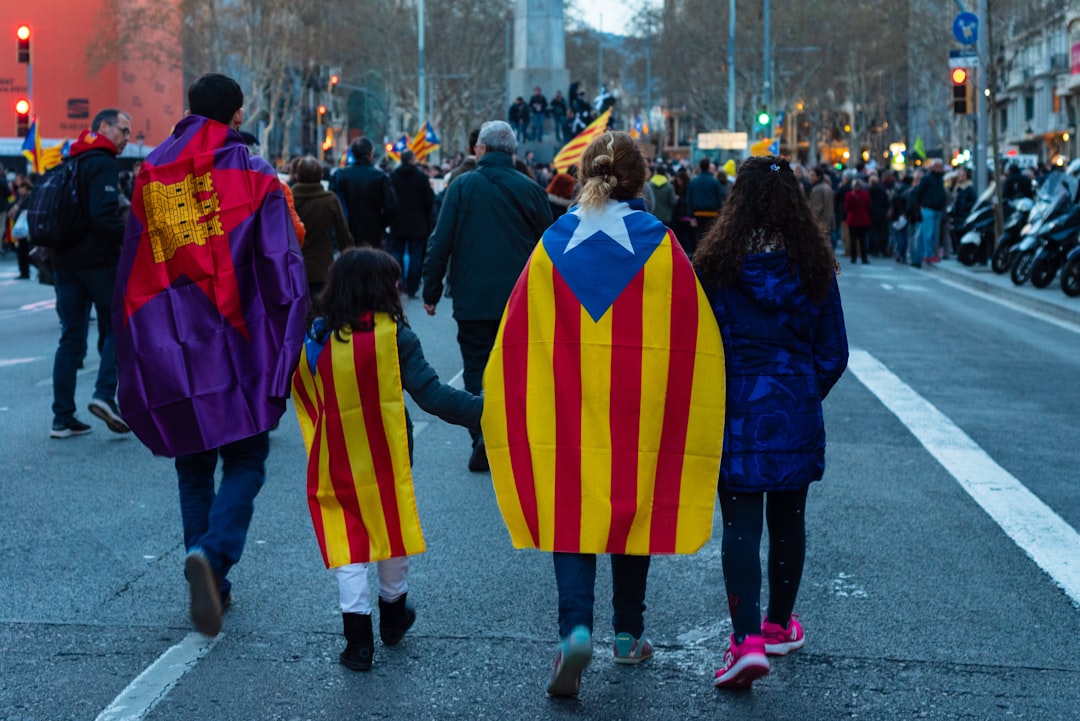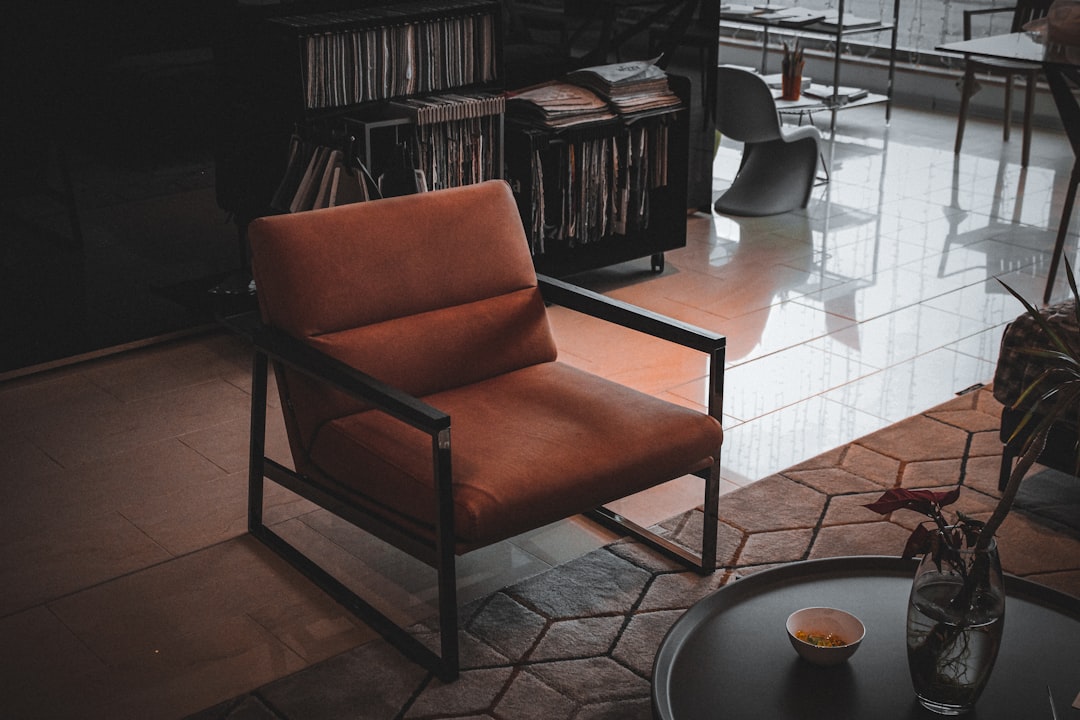What is it about?
It is often said that children are creative since they manifest their unrestrained imagination all the time, particularly when they play. But researchers are yet to find out what characterizes children’s creativity. And what does it take before something that children make can be said to be creative. According to many creativity researchers, a product is considered creative if it has two main characteristics, it is novel (original) and it is useful (or task appropriate). The question that rises is whether children’s creative products are both novel and task-appropriate. The place where children manifest their creativity in the most unrestrained way is in their play. Play is a particularly conducive activity for producing novel products because it is often characterized by slightly varied forms of repetition, which allow children to try out and explore one idea after another. So, we asked ourselves, can we find evidence that repetition in play leads to more creative outputs in children? We attempted to answer this question by exploring whether building a product over several iterations would become more or less creative. In our study of 10-12 years children, children were asked to build five creative modes of transportation using the same set of LEGO bricks. Our findings showed that children create more original modes of transportation towards later iterations, but at the same time less task appropriate builds. An increase in originality and a decrease in task appropriateness towards later iterations might indicate that children are very efficient in exploring new possibilities but less efficient in exploiting their solutions within the constraints of a specific task. Another important unanswered question in creativity research is whether there is a common factor that explains whether children are creative across different tasks and activities. For instance, if children perform two tasks: 1) a standard creativity task often used in research to measure children’s ability to generate as many solutions as possible to a problem, and 2) a task in which the child has to build something creative, would the children who score high in the first task score high in the second and vice versa? In our study, the creativity performance across two creativity tasks did not correlate, suggesting that children’s performance is unlikely due to a general creativity factor, but rather due to task specific factors. Simply put, children might do better in one creativity task, but not necessarily in another one.
Featured Image

Photo by Jason Sung on Unsplash
Why is it important?
Our study showcases that to understand creativity it is important to focus on the factors involved in the creative process itself. Interestingly, in our study the iterative process seemed to favour exploration and the building of more original products, but inhibited exploitation and the building of task appropriate products. In other words, children are very good at coming up with novel and new ideas, but these ideas might not be used to solve a task within task constraints. Secondly, since children’s performance across the two creativity tasks did not relate to each other, we raise questions about the predictive value of standard creativity tasks for children’s performance in ecological creativity tasks. Perhaps creative products have less to do with the divergent thinking abilities of a child and more to do with the kind of activities and materials that the children have the opportunity to engage with as well as the time they have to spend on refining their products.
Perspectives
In real life we often have the opportunity of working on our products over a couple of iterations. For instance, writing this perspective text involved several iterations of writing and re-writing. A well-documented characteristic of play is that it is often filled with repetition and children are constantly exploring new ways of using their toys or objects they play with (which is a creative process) in order to have fun and learn. Since in our study iteration had a positive impact on novelty but a negative impact on task appropriateness, we could at least guide children to implement options that are the most effective. If we want our children to be creative (to imagine new alternatives to the current ways of doing things as well as the ability to implement the option that is the most effective) then we need to support both characteristics of creativity. We hope our study will encourage other researchers to look deeper into the creative process of children and at the same investigate further the predictive power of divergent thinking tasks for creative outputs in children.
Mihaela Taranu
Aarhus University
Read the Original
This page is a summary of: Trust the process: The effects of iteration in children’s creative processes on their creative products., Psychology of Aesthetics Creativity and the Arts, May 2022, American Psychological Association (APA),
DOI: 10.1037/aca0000492.
You can read the full text:
Contributors
The following have contributed to this page










